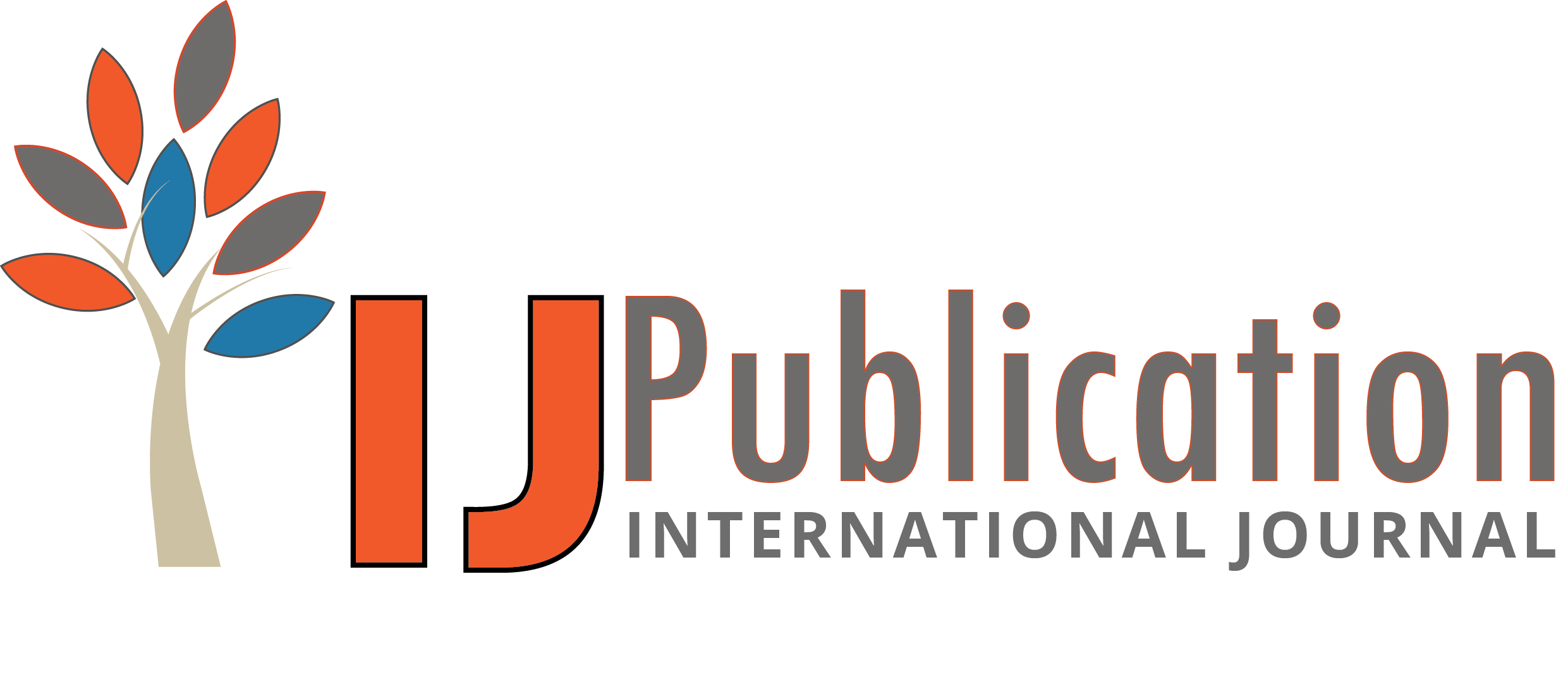Rasika Panse Reviewer
01 Jul 2025 01:40 PM
 Approved
Approved
Relevance and Originality
This research spotlights a critical inflection point in the medical device industry, where data governance is no longer a backend regulatory task but a key enabler of digital competitiveness. As MIC requirements tighten and the ecosystem becomes more data-driven, repositioning governance as a strategic capability is highly relevant. What makes the study original is its emphasis on the dual utility of governance—satisfying regulators while unlocking capabilities like faster R&D, real-time analytics, and intelligent manufacturing. This dual framing reflects real-world shifts in digital health innovation.
Methodology
While the abstract omits specific methodological elements, its emphasis on policy structures, defined organizational roles, and technology tools suggests a systems-based, operational methodology. An ideal approach would involve mapping governance practices to product lifecycle stages—covering concept, design, validation, and post-market monitoring—through a QMS-driven lens. The mention of AI, blockchain, and cloud platforms indicates reliance on digital infrastructure that aligns with both compliance (e.g., ISO 13485) and data management practices from GxP environments. A mixed-methods framework incorporating both qualitative system models and technical benchmarks would strengthen the work.
Validity & Reliability
The claims made—ranging from enhanced clinical evidence to improved operations—are consistent with trends observed in digital medtech but would benefit from more concrete indicators of success. Without real-world case validation or cross-functional performance data, generalizability remains more theoretical than demonstrated. However, the reliance on structured governance aligned with existing MIC and cybersecurity requirements supports internal validity. The integration of advanced technologies suggests potential scalability, particularly in multinational regulatory environments.
Clarity and Structure
The abstract is articulate and presents a well-balanced progression from regulatory pressure to strategic transformation. Concepts are introduced in a logical flow that bridges traditional compliance culture with emerging innovation practices. The text is accessible yet comprehensive, making it useful for audiences in regulatory affairs, IT, and executive leadership. With clearer delineation of stakeholder responsibilities or functional integration points—e.g., how R&D teams interact with governance policies—structure and practical clarity could be further enhanced.
Result Analysis
The abstract clearly links robust governance to next-generation outcomes such as digital twin deployment, predictive analytics in maintenance, and device personalization—each representing high-value use cases in the post-market and smart manufacturing arenas. These outcomes reflect alignment with QMS digitization goals and healthtech competitiveness, supporting a future-ready governance approach.








Rasika Panse Reviewer